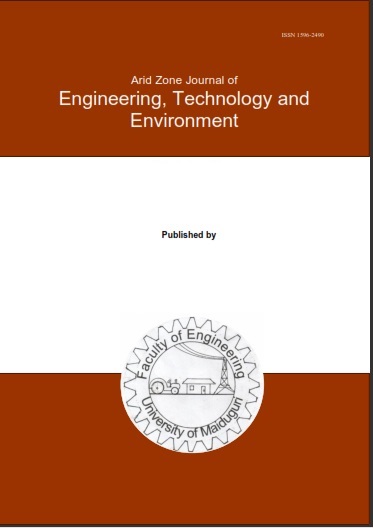Abstract
Bio-oil production from Luffa fibre, a plentiful agricultural byproduct, has attracted considerable interest as a sustainable and renewable energy source. In this study, response surface methodology (RSM) and artificial neural network (ANN) modelling were used to optimize operating conditions for bio-oil produced by pyrolysis from luffa cylindrica fibre. Response Surface Methodology (RSM) and Artificial Neural Networks (ANN) are used to model and improve operational parameters like temperature, particle size diameter, and inert gas flow rate. This is done to boost bio-oil production and quality. We develop a predictive model for bio-oil characteristics using ANN modelling, which effectively optimizes pyrolysis conditions. This study offers significant knowledge on the production and characteristics of bio-oil derived from luffa cylindrica fibres. By employing both models, we leveraged Response Surface Methodology (RSM) flexibility to provide statistical measures of individual models and their interaction impact on the process output while benefiting from Artificial Neural Networks (ANN) efficiency in processing data and acquiring complex patterns. It offers a method to improve the production process methodically. Comparing the prediction findings of the ANN with those of the RSM, it was shown that the former were superior. Different models have been trained using various transfer functions and varying numbers of neurons with 0.99797, 1.0, and 0.9989 R² values for the training, validation, and test stages, respectively. The proposed network had an overall R² factor of 0.99869. The results were deemed satisfactory based on the overall R² value being near 1.0. The optimization of operational parameters enhances the effective transformation of luffa cylindrica fibre into bio-oil, therefore encouraging the utilization of this sustainable resource for the generation of renewable energy. This strategy aligns with the increasing focus on decreasing the environmental consequences of conventional fossil fuels and promoting alternative and eco-friendly energy supplies.

This work is licensed under a Creative Commons Attribution-NonCommercial-NoDerivatives 4.0 International License.
Copyright (c) 2025 ARID ZONE JOURNAL OF ENGINEERING, TECHNOLOGY AND ENVIRONMENT

